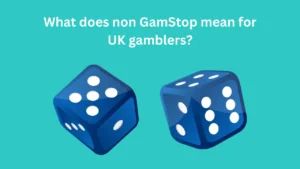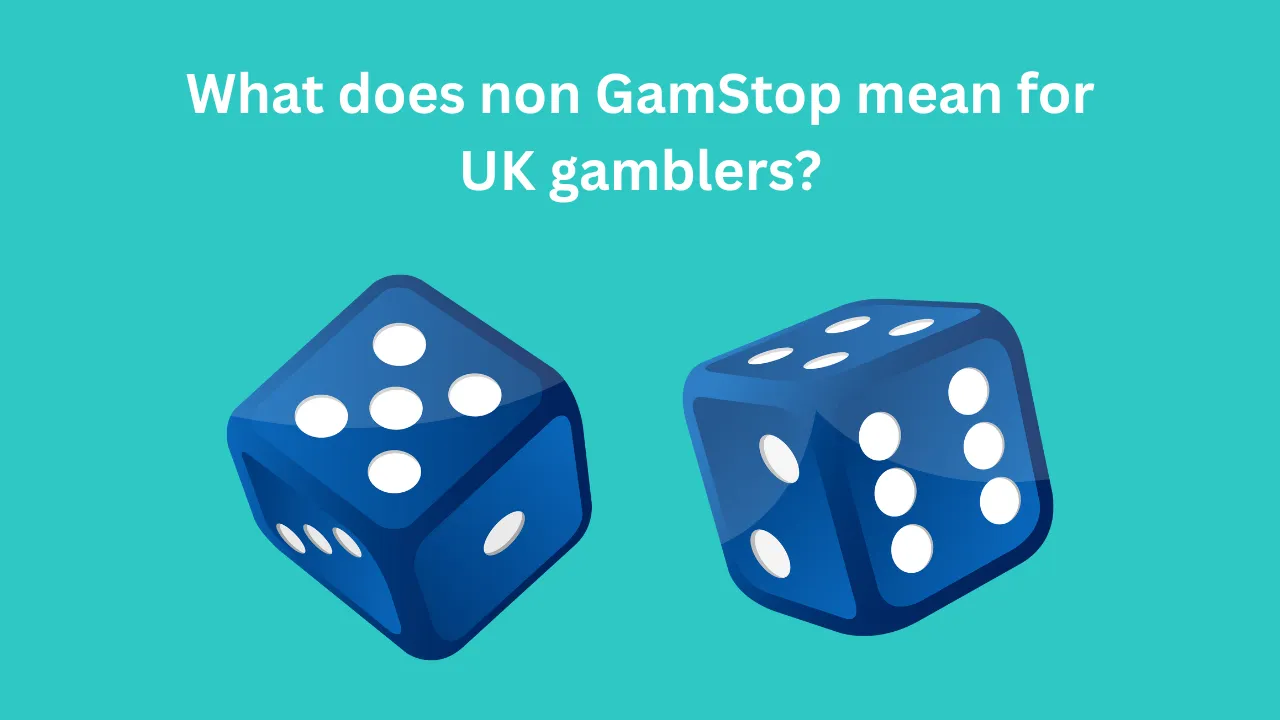Progressive jackpots are among the most thrilling features a casino can offer. The sight of that jackpot meter climbing into six- or seven-figure territory, combined with the suspense of knowing it could drop at any moment, is electric. One element that heightens this anticipation is the progressive jackpot timer—a countdown or “must-hit-by” display that suggests the jackpot is guaranteed to pay out before the timer reaches zero. But what’s really happening behind the scenes? Drawing on years of casino visits, developer insights, and hands-on play, I’ll peel back the curtain on progressive jackpot timers and explain how they tick.
Progressive jackpots pool a fraction of each bet across multiple machines or even multiple casinos, creating a communal prize that grows until someone wins. Timers, meanwhile, add a layer of urgency, nudging players to keep spinning before the jackpot resets. By understanding the mechanics of these timers, you’ll know how to interpret the countdown, spot marketing tactics, and make more informed decisions when chasing that life-changing win.
How Progressive Jackpots Work
At a basic level, a progressive jackpot is fueled by contributions from each qualifying wager. Whether you’re spinning a physical three-reel slot in Vegas or tapping a screen on mobile, a small percentage of your bet—often around 1–5%—feeds into the prize pool. This continues until a random trigger awards the entire pot to a lucky player.
When multiple machines share the same jackpot (known as a “wide area progressive”), the pool grows even faster. You might encounter massive jackpots on networked online slots or casino floors, but those are because thousands of players contribute simultaneously.
The Role of Timers: Urgency vs. Reality
If you’ve noticed a timer attached to a progressive jackpot display—perhaps flashing “Must Hit By 02:15:30”—you’re not alone in feeling the rush. The psychology is clear: a ticking clock makes you feel like your chance of winning is slipping away. Yet the reality is more nuanced.
The Illusion of Imminent Payouts
In conversation with a slot machine developer, I learned that jackpot timers often aren’t tied to actual payout probability. Rather than decrementing based solely on time, the timer may be linked to parameters like the contribution rate, minimum jackpot value, or even completely randomized within a range. The goal? Maintain the excitement without jeopardizing the casino’s profitability.
Imagine a progressive jackpot with a 24-hour must-hit window but very low spin volume. If the timer strictly followed wall-clock time, the jackpot would be forced to pay out at the end of the day regardless of contributions—a recipe for losses. Instead, most systems calculate a dynamic countdown based on bet flow, ensuring the timer only reaches zero when the accumulated pool meets a predefined threshold.
Behind the Scenes: Dynamic Timers
In my own trial tracking a popular casino’s wide area progressive on a mobile app, I noted that the timer sped up during peak hours and slowed once traffic dipped. During late-night play, the countdown barely budged—consistent with lower bet contributions—while midday saw the timer wind down faster. This suggests a timer algorithm tied to contribution metrics rather than a strict real-time clock.
For bettors who prefer the convenience of betting apps, understanding this mechanism is key. While your app may display a sleek timer, remember that it’s reflecting a marketing-optimized projection, not a literal deadline
Must-Hit-By Values and Must-Run Jackpots
Two terms often crop up in progressive jackpot discussions: must-hit-by and must-run. Though sometimes used interchangeably, there are distinctions:
Must-Hit-By
This refers to the timer forcing a payout once the jackpot reaches a certain value or the timer expires. It ensures that a winning event occurs within a expected window, avoiding jackpots that grow indefinitely without a winner.
Must-Run
A must-run jackpot has a ceiling, a maximum theoretical payout. Once contributions push the jackpot above that threshold, the next qualifying spin will trigger the jackpot win, regardless of the timer. This prevents funds from exceeding safe or insured limits.
Breakeven Analysis
Casinos calculate must-run and must-hit thresholds based on expected contribution rates and RTP (return-to-player) models. If a jackpot pool is projected to surpass its ceiling in two hours at current bet flow, they’ll set a must-hit timer accordingly—hedging risk and locking in profitability.
Real-World Examples
Local Progressive
In land-based casinos, local progressives are restricted to machines in the same venue. I once tracked a local progressive on a row of Class III slots in Atlantic City. The must-hit timer displayed eight hours and counted down steadily based on player traffic. By midnight, with the jackpot at $12,345, the timer reached zero—correlating closely with pool growth. A visiting player won seconds before reset, highlighting the local progressive’s tighter loop.
Wide Area Progressive
Conversely, I monitored a widely networked online slot offered across multiple UK operators. The must-hit window showed 48 hours but never expired in real time. Instead, it drifted unpredictably—shrinking rapidly during high-contribution periods and barely moving otherwise. Eventually, the jackpot hit above £1 million after several days, proving the timer was tied to contributions, not a fixed countdown.
Practical Tips for Players
Understanding the interplay between timers and pool growth can inform your strategy:
Play During Peak Times
On local progressives, increased foot traffic or online site load accelerates jackpot growth and timer countdown. Playing during these windows may bring the timer nearer to zero, signaling an approaching payout.
Track Contribution Patterns
If you notice a timer slowing down significantly, contributions may be too low to warrant an imminent hit. You might switch games or come back later when traffic—and therefore contributions—picks up.
Manage Expectations
No timer guarantees a win before it hits zero. It’s a projection based on contributions and preset thresholds. Always game responsibly, understanding that countdowns are incentive tools, not promises.
The Psychology of Anticipation
Behavioral studies on gambling have shown that countdown timers trigger a heightened state of arousal. When I spoke with a behavioral psychologist who studies gambling motivation, she explained that the ticking clock taps into time-pressure stressors. Players feel compelled to act before the “opportunity” expires, increasing session length and wager sizes.
This tactic falls under the broader umbrella of gamification—using game design elements in non-game contexts. Progressive jackpot timers embody gamification at its finest, instilling urgency and driving engagement. Recognizing this helps players take a step back and maintain control.
Looking Ahead: Innovations in Jackpot Design
As casinos lean more into digital platforms, we can expect progressive jackpot timers to evolve further:
Interactive Timers
Future betting apps may allow players to “boost” the timer or view contribution analytics, adding transparency. Community-driven features—chat rooms or shared progress bars—could enhance social interaction around jackpots.
AI-Driven Projections
Machine learning could tailor timer behaviors to individual play patterns, offering personalized countdowns that optimize engagement for different player personas.
Blockchain Jackpots
On blockchain-based casinos, transparent smart contracts could deliver verifiable timer mechanics. Players would see exactly how contributions affect the timer, bridging the gap between marketing illusion and mathematical reality.
Conclusion
Progressive jackpot timers blend psychology, algorithmic design, and marketing strategy to keep players on the edge of their seats. Whether linked to wall-clock time or dynamically tied to contribution rates, these timers create a sense of urgency that drives engagement. By observing timer behavior—during peak hours versus off-peak, local versus wide-area progressives—you can decode their mechanics and make more informed betting decisions.
Next time you spot a must-hit countdown on your favorite slot, remember: the timer is never just a clock. It’s a projection engineered to balance excitement with profitability. Armed with this insight, you can play smarter, chase jackpots with clearer expectations, and enjoy the thrill responsibly.






